|
It's been quite cool in Tokyo for the past couple of days and it seems as though autumn is just around the corner, although I doubt that it will stay this way for long. As soon as September arrives it will be the zansho (残暑)season, meaning "leftover heat- the hot days after summer".
Today, I made some traditional Japanese Sweets called Suhama with Autumn motif. Suhama is a dough made with kinako (きな粉). Kinako is a roasted soy bean powder that is very commonly used to eat rice cakes. It does not require any baking or cooking like other powders as it is already roasted. So it's kind a like play dough, making shapes that you like. It may be a fun thing to do with kids, and you don't have to pop it in the oven. Just eat it raw. It was my first time to make it and my kids loved it. As kinako is light brown color, I used cocoa powder to make dark brown, and matcha powder for the leaves and red food coloring for the berries.
0 Comments
The most dreaded summer holiday is here and with the boys around the house fighting all the time, I can't say that it’is the best environment to practice on my wagashi skills. I almost lost myself when after a round of kicking and punching in the dining room, a dust cloth came flying in the kitchen and landed right next to my freshly made white bean paste. It was quite a challenge today making my own white bean paste which is the major ingredient for the Nerikiri Dough.
So that's my excuse for a not so perfect wagashi flower I made. I'll have to practice some more when it's more peaceful. A belated Happy New Year to everyone as I am still behind on so many things since the start of the year. My older son has brought home a cold virus on New Year's Eve, which was passed on to me on New Year's Day, then transferred to my younger son and then to my husband, who is still suffering from mild fever.
In addition, with the two boys still around the house (I think winter holiday in Japanese public schools are definitely too long!) I really didn't have much time to think about my cooking classes as well as updating my blog. Despite all the chaos, not to mention my mother-in-law visiting for a week, I managed to make my first New Year's traditional feast "Osechi Ryori" this year. Up to last year, my mother-in-law would order a ready-made osechi from a place in Kyoto, which was very fancy with so many small dishes packed in the 3 tier jyubako (lacquered serving box) , but after several years of eating the same osechi, I grew tired and decided to make my own. Much less variety of dishes but only the ones I would like to have. Thanks to my friend who gave me a whole red snapper, I was able to make a red snapper sashimi marinated between the konbu seaweed which added glamour to the jyubako. Although my boys only ate the chicken and the duck breast, the other dishes all turn out great and the end result was very satisfying and not as much work as I had anticipated. I think I can make this every year from now on with some minor changes. One of the most popular foods in Japan, Tofu has been with us for some time. Originally from China, it is said to have been brought to Japan in the 8th Century by the Buddhist priests, but it was only in the 18th century during the Edo period that it has become an every day dish. Today, in your local supermarket, you can find various types of Tofu, two main kinds being Kinugoshi (silken or soft) and Momen (firm or regular). Kinugoshi Tofu is a soft tofu used in salads by dicing it or as a sauce by blending it with other ingredients. The most popular and simple way of eating a Kinugoshi tofu is a Hiyayakko, made by just cutting it and topping it with whatever you like. You will see a typical Hiyayakko in an Izakaya (Japanese Pubs) topped with a grated ginger, chopped green onions and soy sauce. The other kind, Momen tofu, has a firmer texture, usually, pressed to drain excess water then used in stir fries and tofu bakes as it will retain its shape better. The difference in texture comes from the manufacturing method and this results in the difference in nutritional value. In general, Tofu is known to be an excellent source of protein and calcium containing zero cholesterol. But the nutritional values differ between the two kinds of Tofu. Momen tofu contains 3 times more calcium, 20 ~30% more protein and iron than Kinugoshi. On the other side, Kinugoshi contains more vitamin B and Potassium than Momen. My Tofu Class will be using various kinds of Tofu as well as soy bean products to familiarize you with handling tofu. Tofu eaten by itself is quite dull, but if you combine it with other ingredients it will make a satisfying meal full of nutrition yet with low calories. Hope to see you in my kitchen!
|
AuthorI'm Miyuki and I teach Japanese Home cooking at my home in Tokyo. Archives
February 2021
Categories
All
|
service |
Information |
© COPYRIGHT 2015. ALL RIGHTS RESERVED.
|

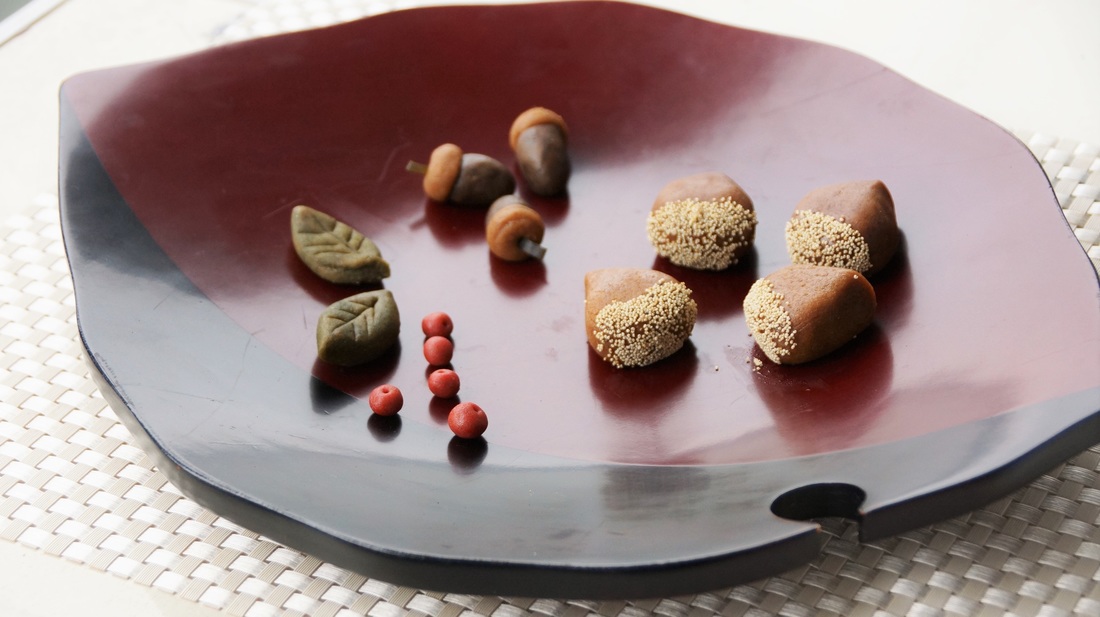
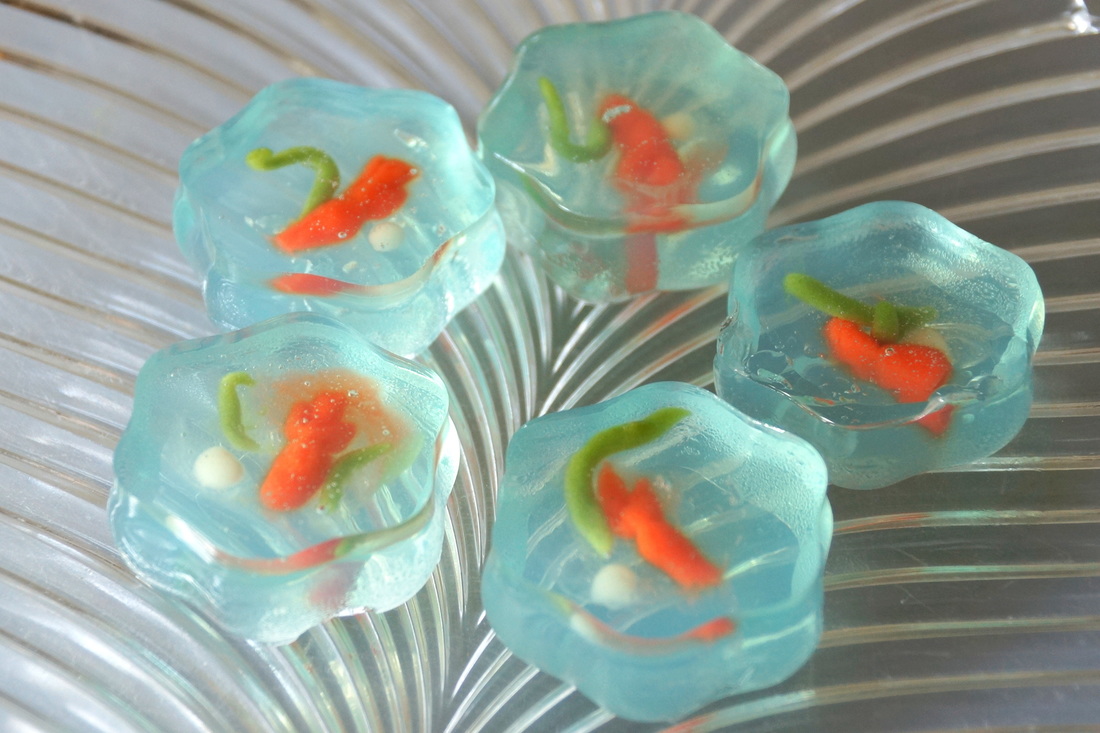
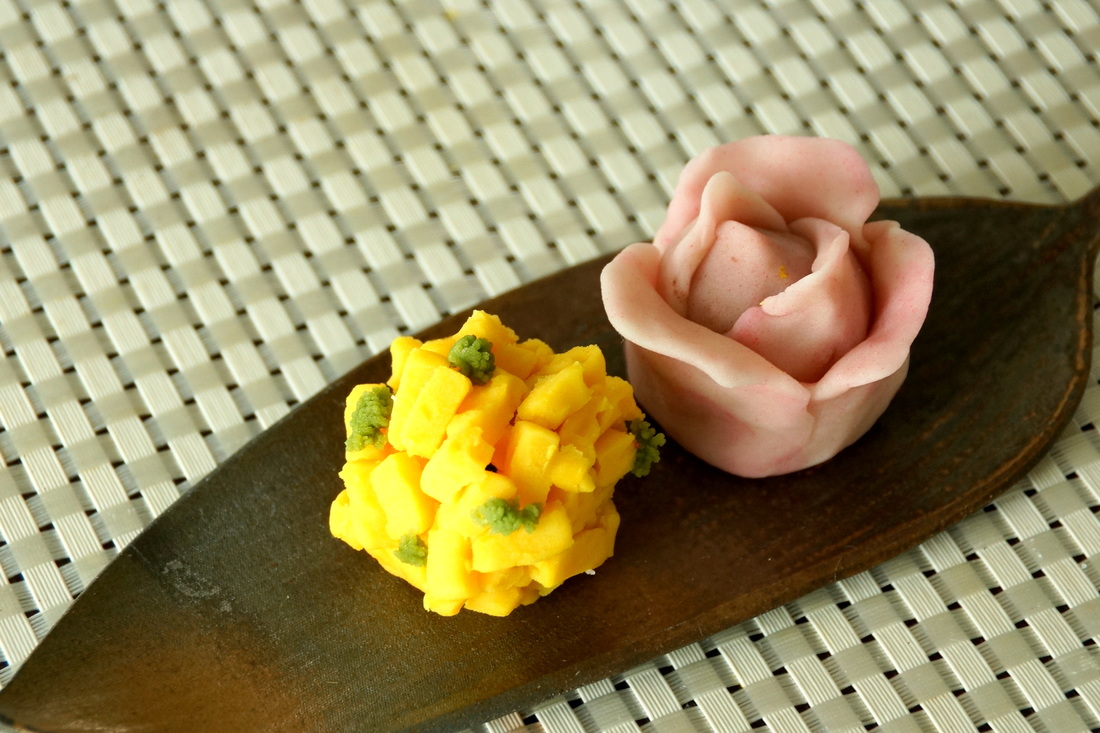
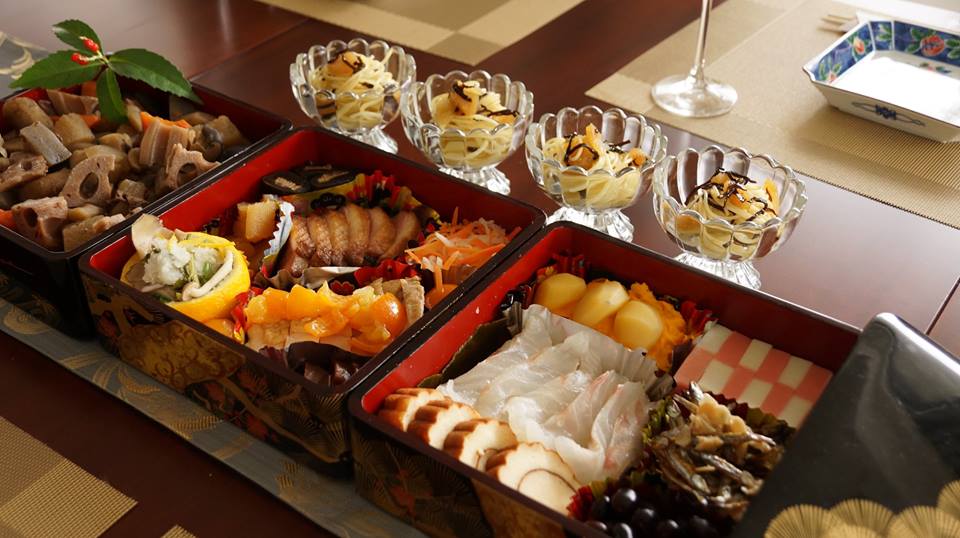
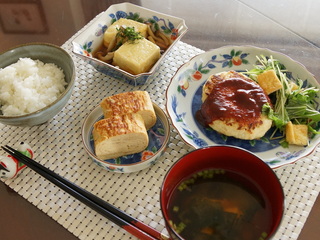
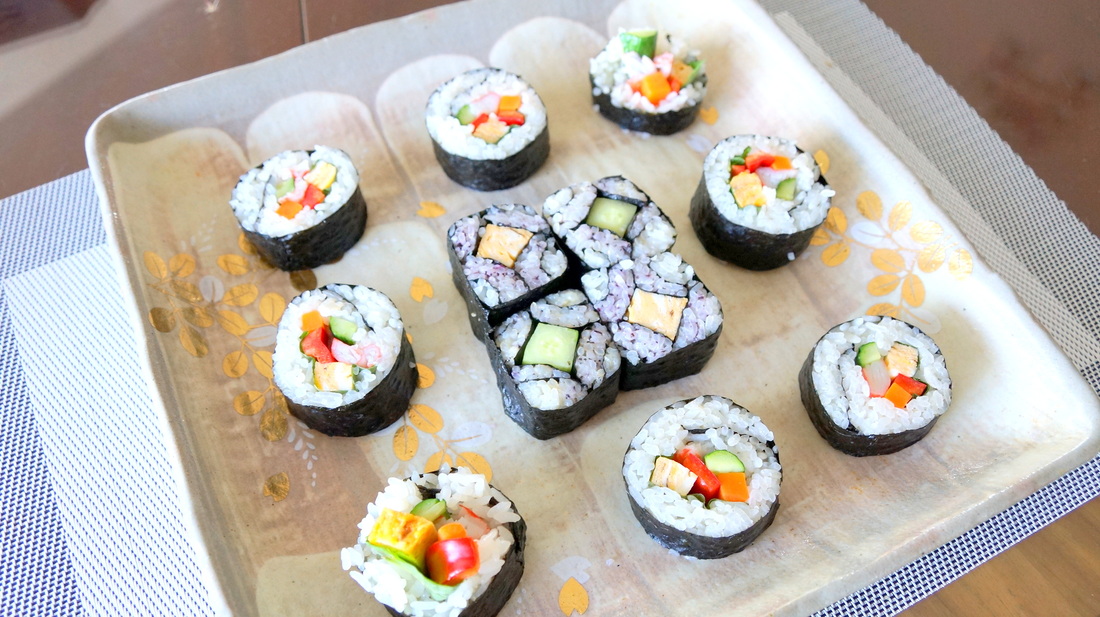
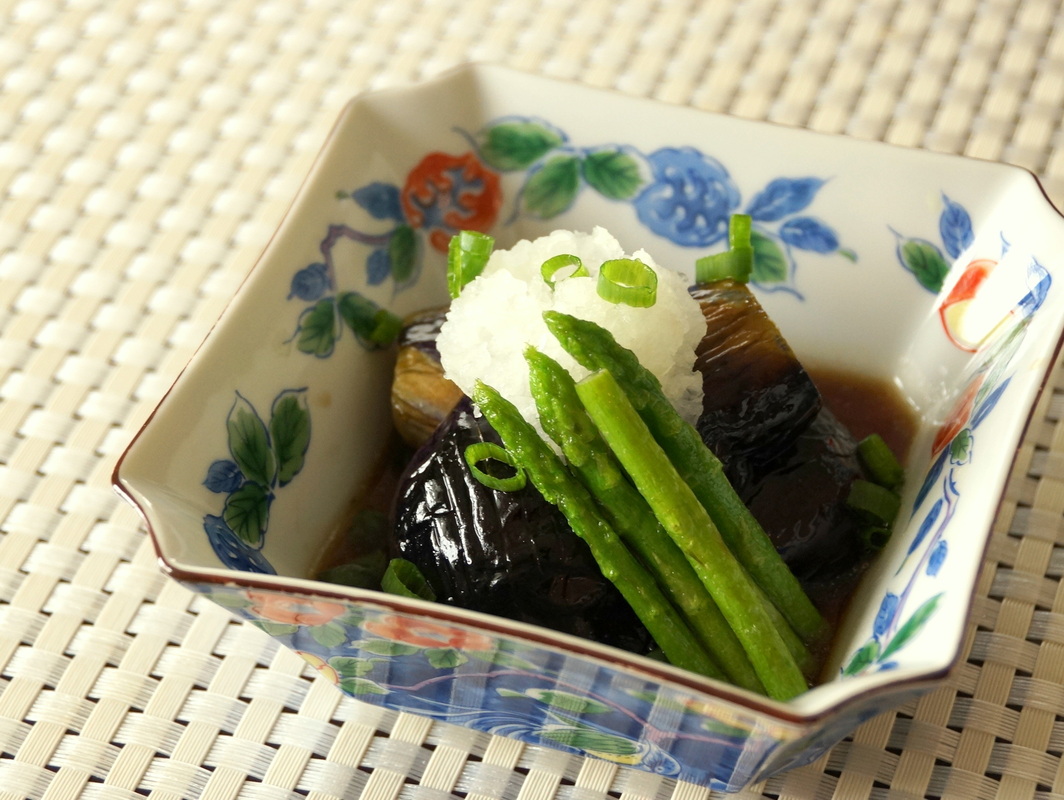
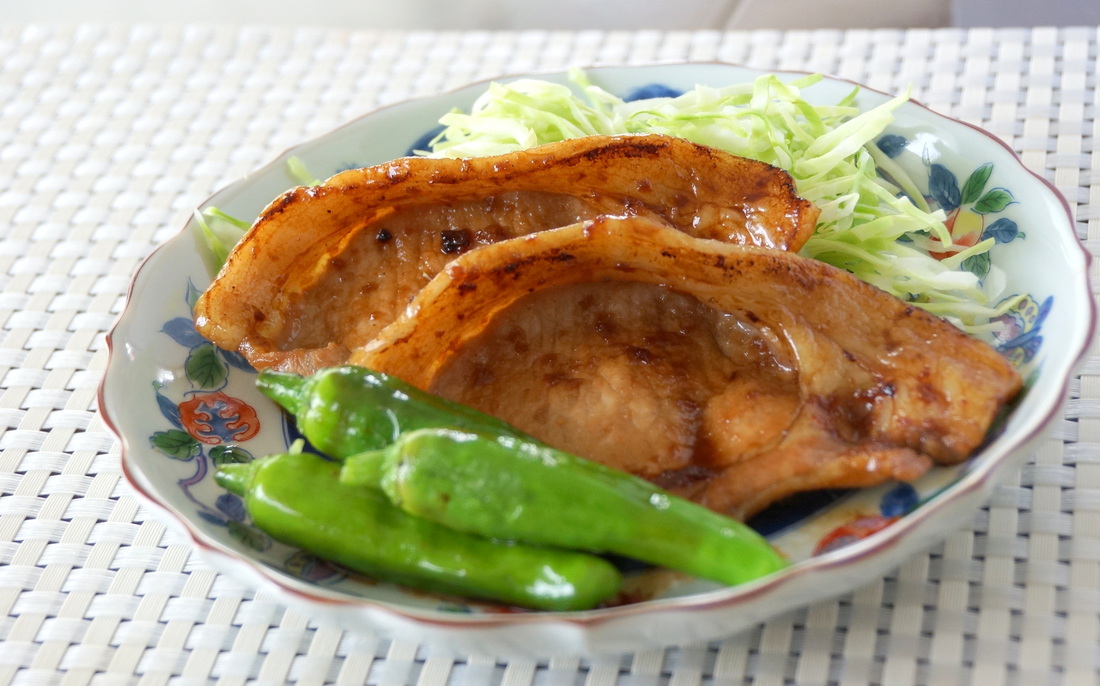

 RSS Feed
RSS Feed
